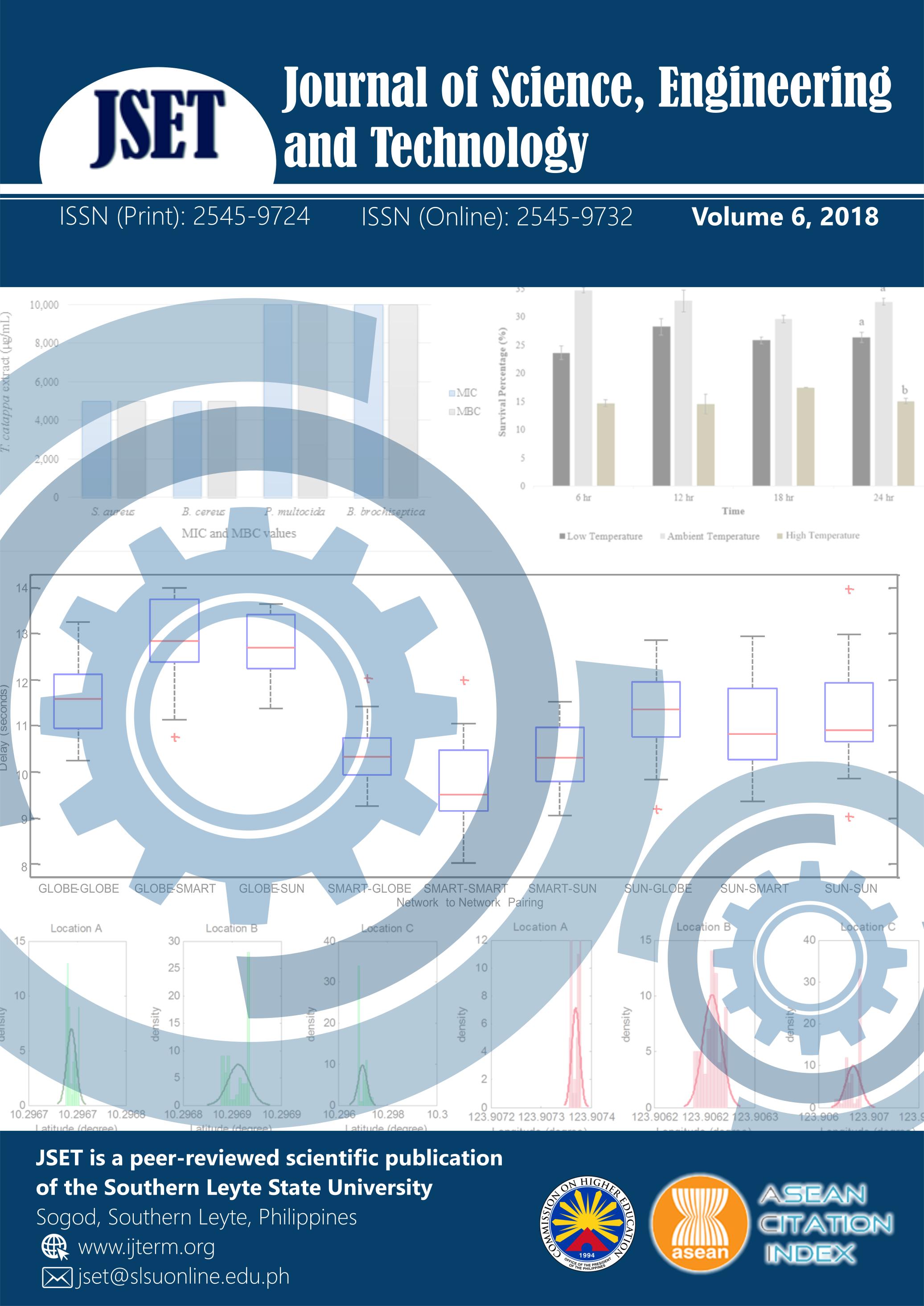Evaluating the Efficiency and Functionality of a Stirling Engine-based Multiple Fueled Biomass Stove
DOI:
https://doi.org/10.61569/5zate277Keywords:
Cooking, Kalan, Heat pipe, Renewable energyAbstract
Manual fanning is the usual method used to provide air necessary for burning the fuel in a charcoal or wood fueled stove. However, several innovations use a blower fan to provide the said air. This study aims to design and develop a multiple fueled biomass stove with a blower fan that operates on a renewable energy source provided by a Stirling engine. Evaluation of the developed prototype in terms of efficiency and functionality was conducted. The stove was found to be functional and efficient, with only minimal differences between the voltage and current outputs when supplied by the conventional AC outlet, compared to when supplied by the Stirling engine. However, t-test results show that there exists a statistically significant difference between the two data sets about the speed rotation of the blower fan (rpm), which indicates that using conventional AC outlet as the supply results in higher speed rotation of the blower fan compared to using the Stirling engine. These results also revealed that having a minimal difference between the current and voltage outputs can have a significant effect on the speed rotation of the said blower fan, thereby affecting the performance of the developed prototype’s efficiency. Thus, if other researchers attempt to modify the stove design, it is recommended to use a Stirling engine with more power capacity to maximize the speed rotation of the blower fan.
Downloads
Published
Issue
Section
License

This work is licensed under a Creative Commons Attribution 4.0 International License.
This is an open access article distributed in accordance with the Creative Commons Attribution 4.0 Unported (CC BY 4.0) license, which permits others to copy, redistribute, remix, transform and build upon this work for any purpose, provided the original work is properly cited, a link to the license is given, and indication of whether changes were made. See: Creative Commons Attributions 4.0 International License.








